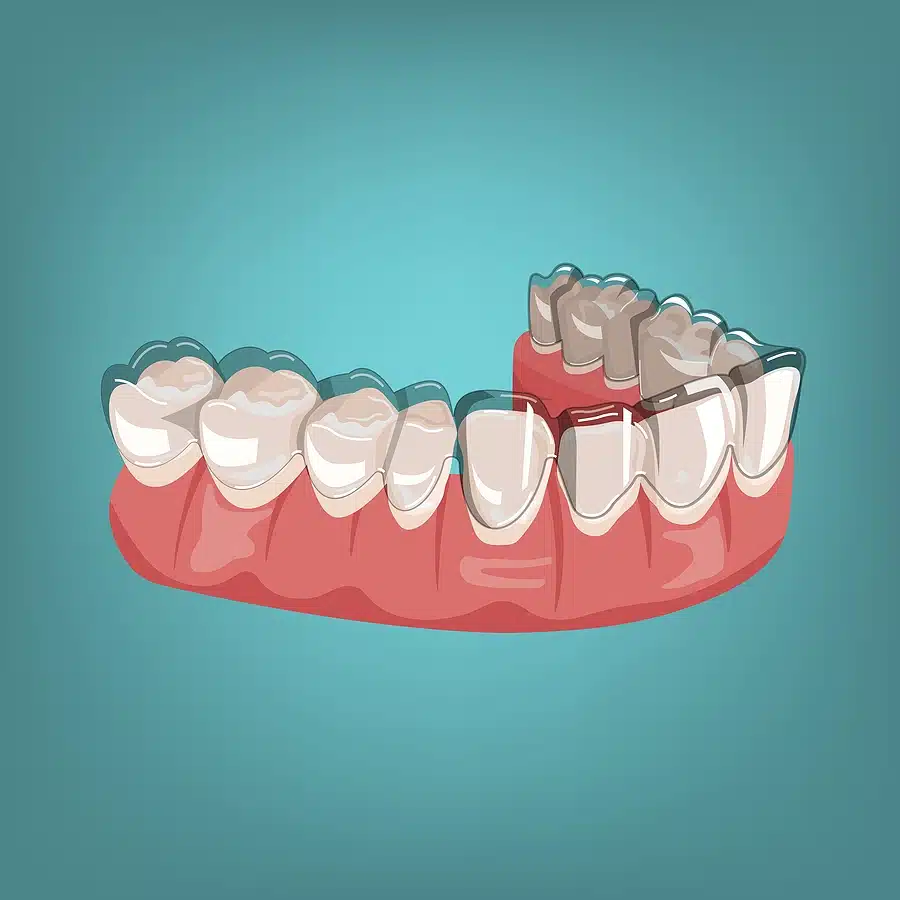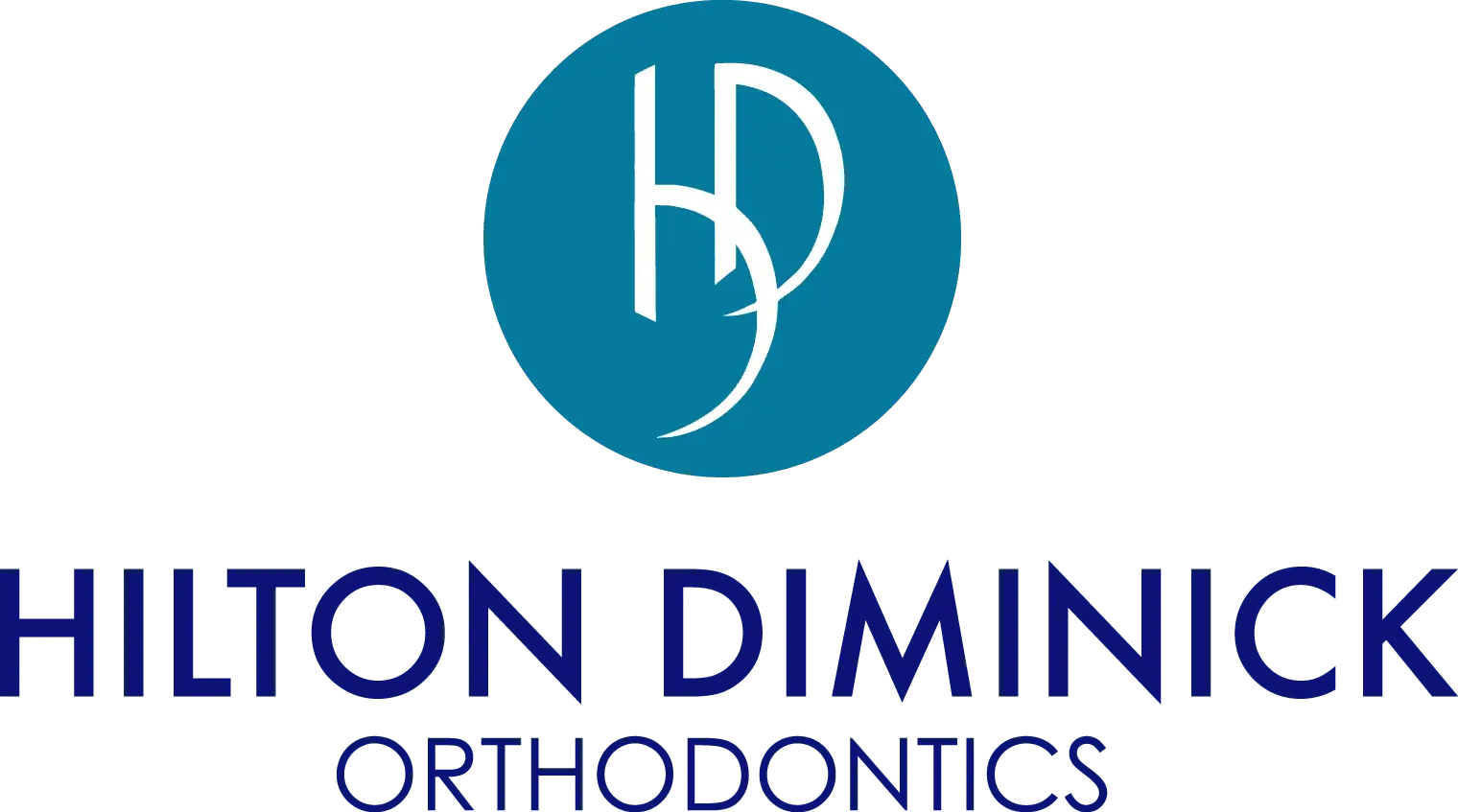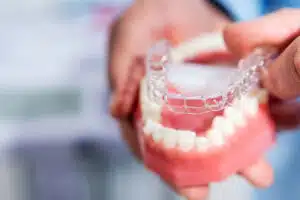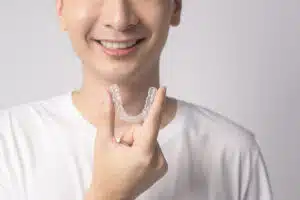
Dental crowding is a common orthodontic issue that can lead to various dental problems, including difficulty cleaning teeth, increased risk of gum disease, and aesthetic concerns. Fortunately, modern orthodontic solutions like Invisalign have emerged to address these issues. For those asking, “Can Invisalign fix crowding?” explore its treatment duration with us to help you determine if it’s the right solution for your unique case.
Does Invisalign Work with Crowding?
Invisalign is an innovative orthodontic treatment that utilizes a series of clear, removable aligners to gradually reposition teeth. These aligners are custom-made for each patient and are designed to address a wide range of dental misalignments, including crowding.
Effectiveness in Treating Crowding
Research and clinical studies have shown that Invisalign can be highly effective in treating dental crowding. The aligners gently apply pressure to shift teeth into their desired positions over time, making it a viable solution for many cases of crowding.
Limitations and Considerations
While Invisalign is effective for crowding, there may be cases with extreme crowding or complex orthodontic issues where traditional braces are recommended. Consultation with an orthodontist is essential to determine the most suitable treatment option for your specific needs.
How Long Does Invisalign Crowding Treatment Last?
With Invisalign’s claim of a faster and more predictable treatment, many patients with dental crowding considers the duration of Invisalign treatment crucial. Can Invisalign fix crowding quicker? While there’s a general estimate that it lasts between 12 to 18 months, it’s important to note that individual cases can vary significantly.
- Complexity of the Case: The complexity of your dental crowding directly impacts the treatment duration. Mild crowding cases typically require a shorter treatment period, while more severe crowding may take longer to address. During your initial consultation, your orthodontist will assess the complexity of your case and provide you with a more accurate timeframe.
- Number of Aligners Required: Invisalign treatment involves a series of aligners that are gradually changed every few weeks. The number of aligners needed will depend on the extent of your crowding. More aligners may be required for complex cases to achieve the desired results, which can extend the treatment duration.
- Adherence to Treatment Plan: One of the most critical factors in determining treatment duration is your commitment to wearing the aligners as prescribed by your orthodontist. Consistency is key to success with Invisalign. Failing to wear your aligners for the recommended 20-22 hours a day can result in slower progress, potentially prolonging your treatment.
- Orthodontist’s Expertise: The experience and expertise of your orthodontist can also influence the treatment duration. Experienced orthodontists are often more efficient in planning and executing Invisalign treatments, which can lead to shorter treatment times without compromising results.
- Patient’s Response to Treatment: Each individual’s body responds differently to orthodontic treatment. Some patients may experience faster tooth movement, while others may progress more gradually. Regular check-ups with your orthodontist will help assess your response and make any necessary adjustments to the treatment plan.
- Interdisciplinary Treatment Needs: In some cases, additional dental procedures or treatments may be required in conjunction with Invisalign to address specific issues. These additional treatments can extend the overall treatment duration.
Are My Teeth Too Bad for Invisalign?
Dental crowding can range from mild to severe. Can Invisalign fix crowding in more severe cases? Invisalign is generally suitable for mild to moderate cases of crowding. However, the level of severity will determine whether it’s the best option for you.
Consultation with an Orthodontist
To determine your eligibility for Invisalign, it’s crucial to schedule a consultation with an experienced orthodontist. They will assess your specific case, consider your oral health history, and discuss the most appropriate treatment options.
Advancements in Invisalign Technology
In recent years, Invisalign technology has advanced significantly, allowing it to address more complex cases of crowding. Even if you thought your crowding was too severe for Invisalign in the past, it’s worth revisiting the possibility due to these technological advancements.
Benefits of Invisalign for Crowding
- Aesthetic Benefits: One of the most significant advantages of Invisalign is its nearly invisible appearance. Unlike traditional braces, Invisalign aligners are discreet, making them an attractive option for those concerned about their appearance during treatment.
- Comfort and Convenience: Invisalign aligners are removable, allowing you to eat, drink, and clean your teeth without any restrictions. This convenience makes them a popular choice among patients, enhancing overall comfort throughout the treatment process.
Can Invisalign fix crowding? Invisalign vs. Traditional Braces
Can Invisalign fix crowding? Yes, but braces have also been a time-tested option. Let’s briefly compare Invisalign with traditional braces in the context of treating dental crowding. Each option has its pros and cons, so it’s essential to consider your preferences and needs.
Invisalign
- Removable and Discreet: Invisalign aligners are nearly invisible, providing a subtle and aesthetic solution. They are made from clear, medical-grade plastic, which means they won’t draw undue attention to your smile during treatment.
- Requires Strict Compliance: To achieve the best results with Invisalign, you must commit to wearing the aligners for 20-22 hours a day. They can be removed for eating, drinking, and oral hygiene, but consistent wear is crucial for effective treatment.
- Ideal for Mild to Moderate Crowding: Invisalign is well-suited for cases of mild to moderate dental crowding. The aligners gently move teeth into alignment, making them a practical choice for less severe issues.
Traditional Braces
- Fixed and Visible: Traditional braces consist of brackets and wires that are fixed to your teeth. They are visible, which may be a consideration for those concerned about the aesthetics of their treatment.
- Effective for Severe Crowding Cases: Traditional braces have a high level of control and can effectively address severe dental crowding issues. They are capable of moving teeth in complex ways to achieve the desired alignment.
- Requires Regular Adjustments: With traditional braces, you’ll need to visit your orthodontist regularly for adjustments and maintenance. This ensures that the treatment progresses as planned.
Can Invisalign Fix Crowding? Consult Our Dental Practice in Pennsylvania
As a Top 1% Diamond Plus Invisalign Provider, our team at Hilton Diminick Orthodontics is dedicated to providing you with comfortable, precise, and efficient treatment whether you need Invisalign or other options. Our experienced orthodontists and friendly staff at our three convenient locations in Harrisburg, Camp Hill, and Carlisle, PA, are here to help you achieve the smile you’ve always wanted.
Choose a Board-Certified Orthodontist
Not all orthodontists are created equal. Our doctors are proud to be board certified by the ABO® (American Board of Orthodontics), a distinction achieved through rigorous training and commitment to the highest standards of care.
Schedule an Appointment Today
Discover the Hilton Diminick Orthodontics difference today. We welcome patients from Harrisburg, Camp Hill, Carlisle, and nearby areas in Eastern Pennsylvania. Let us help you make the most of your smile now and for years to come.





 Camp Hill, PA
Camp Hill, PA